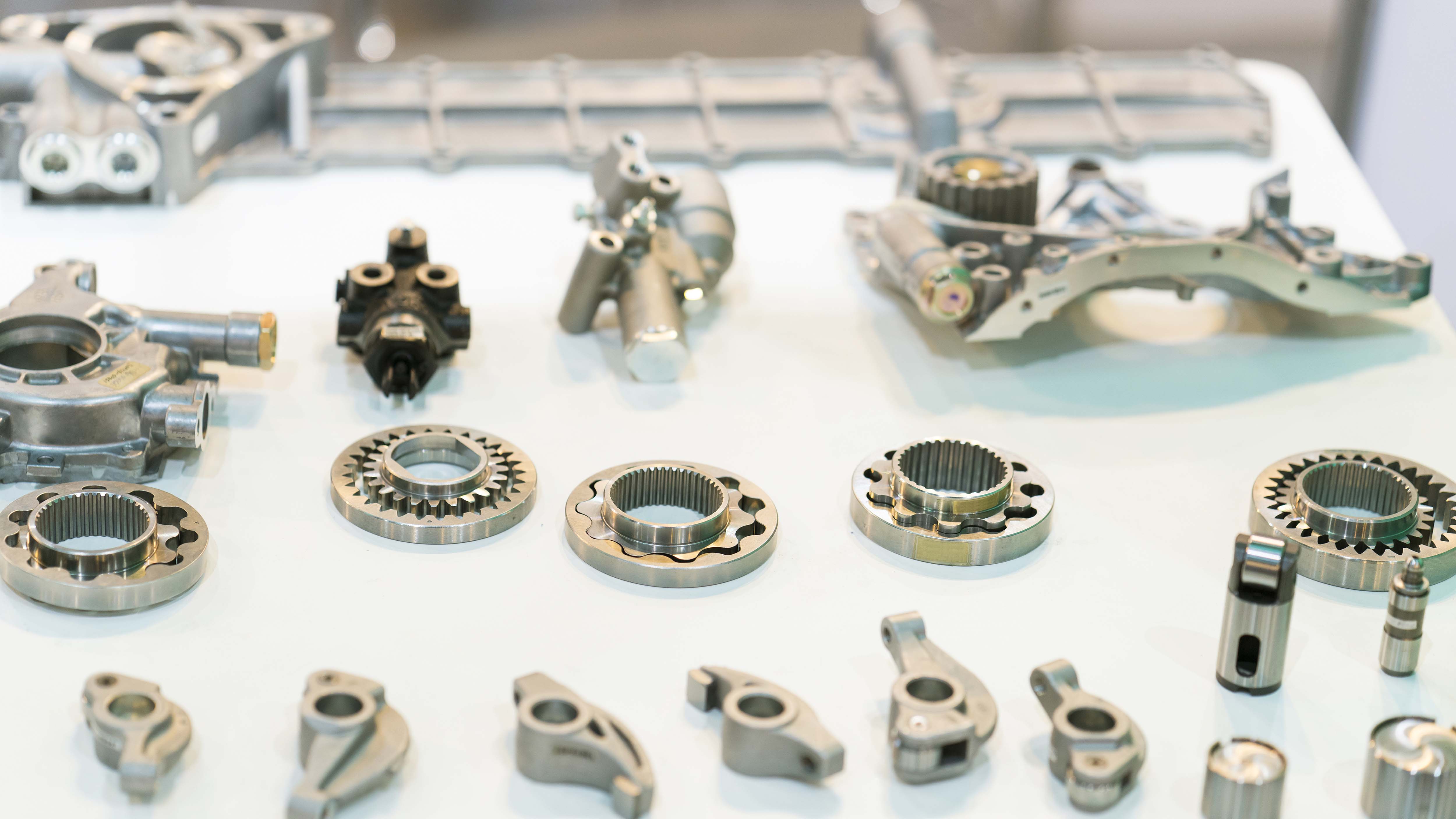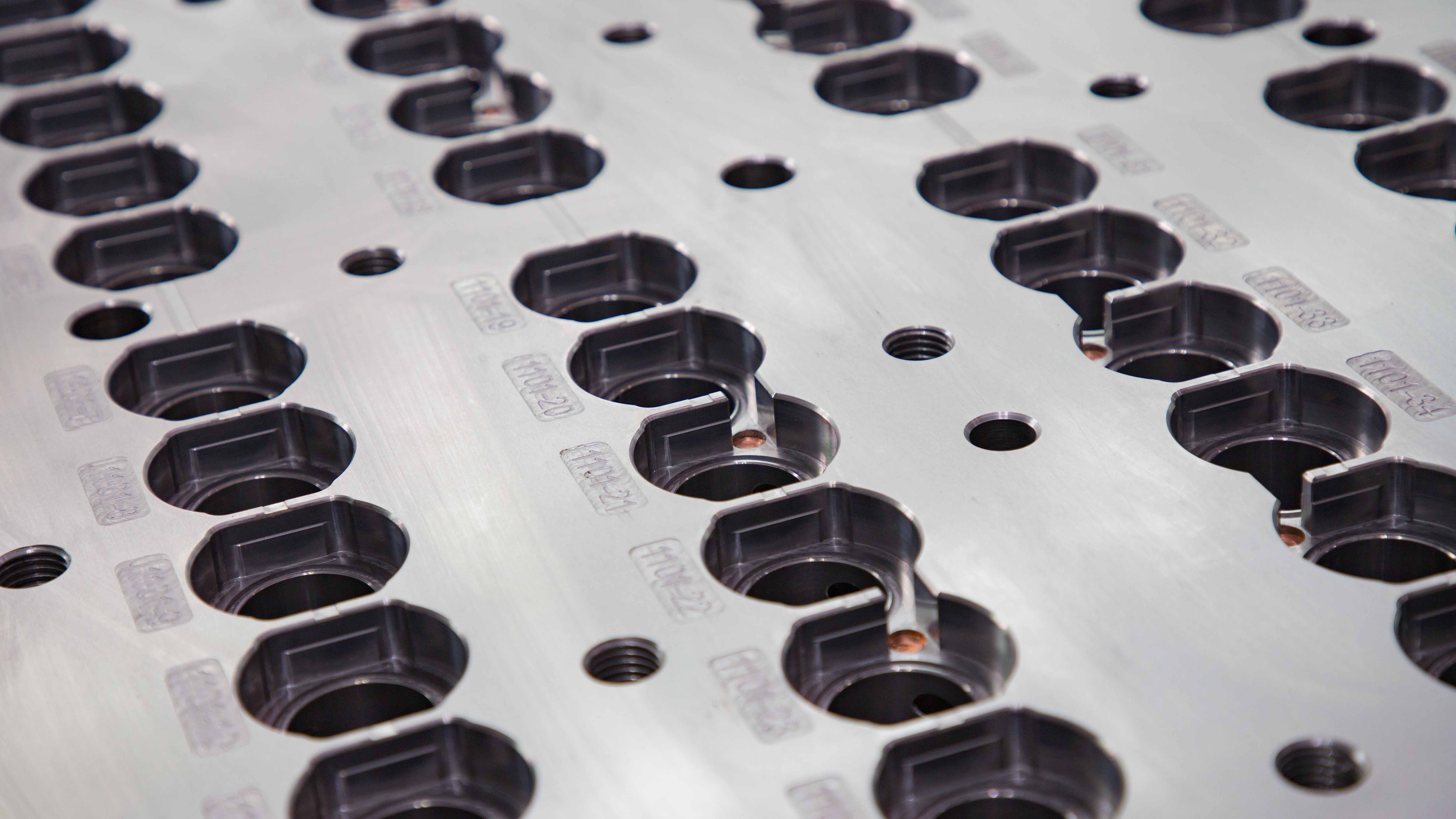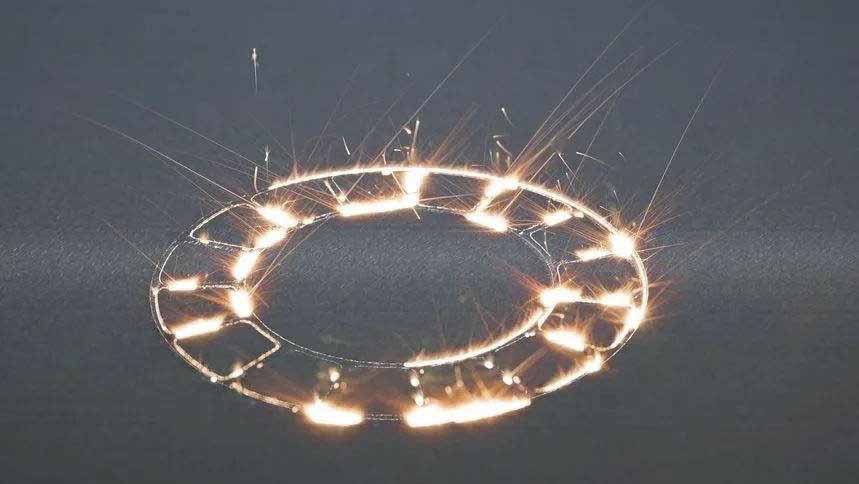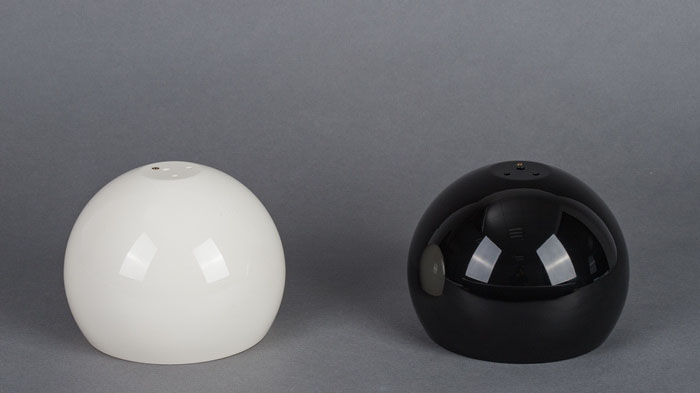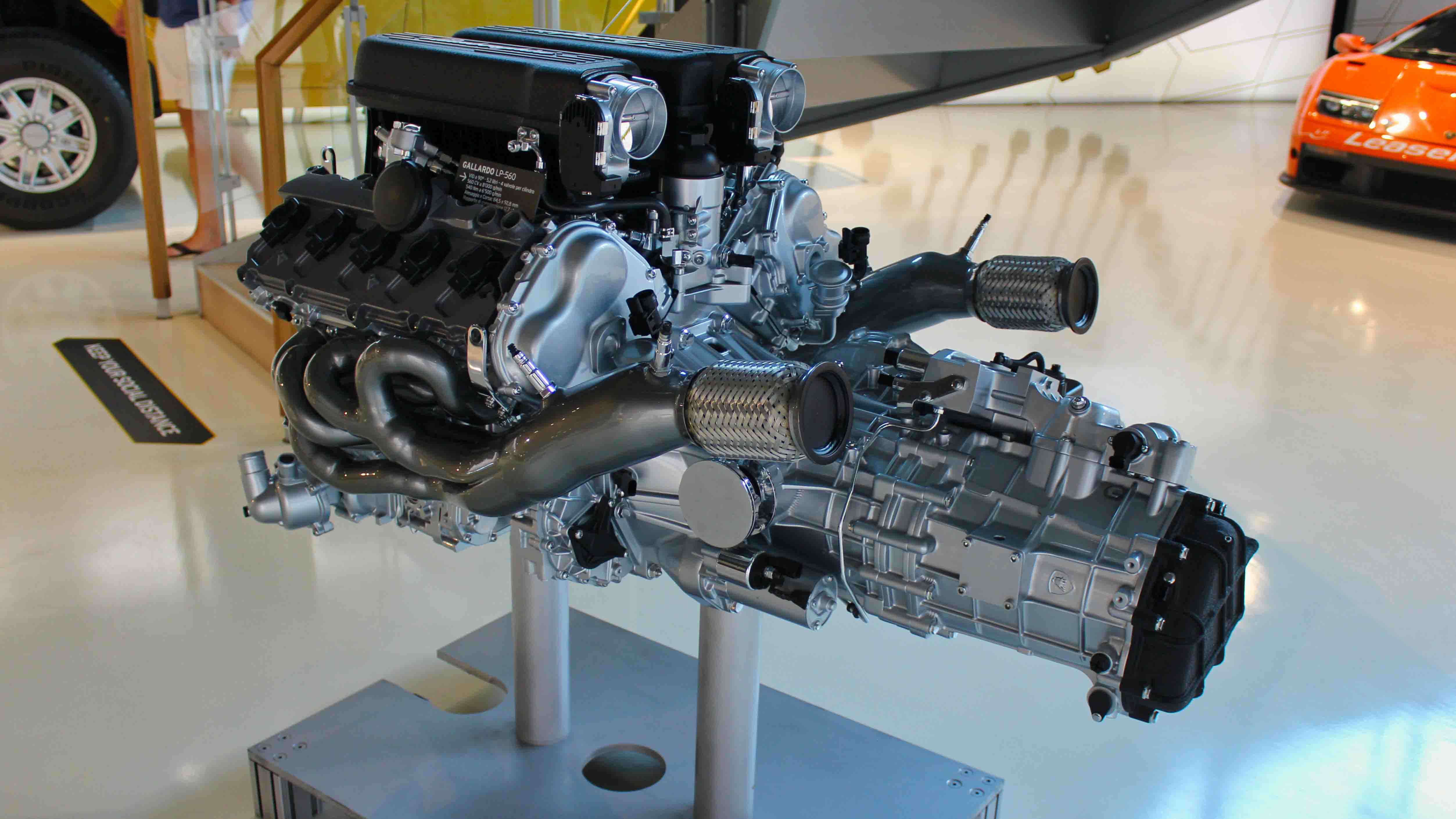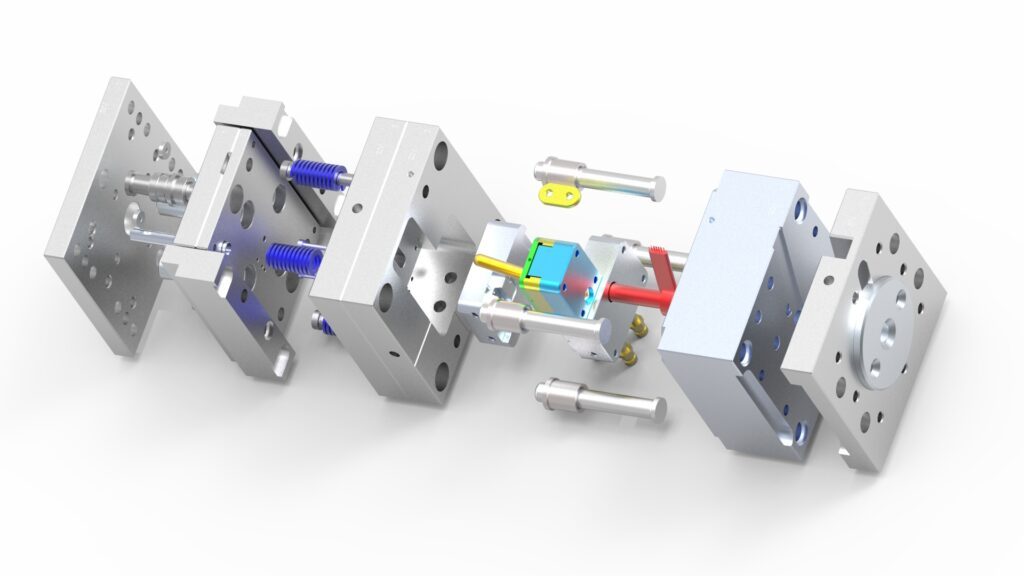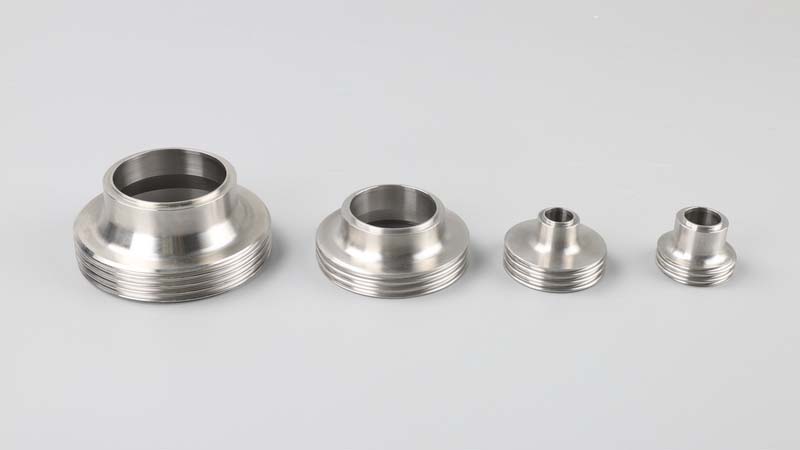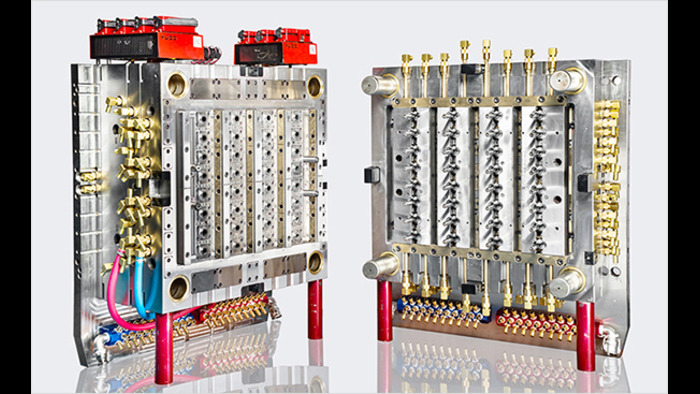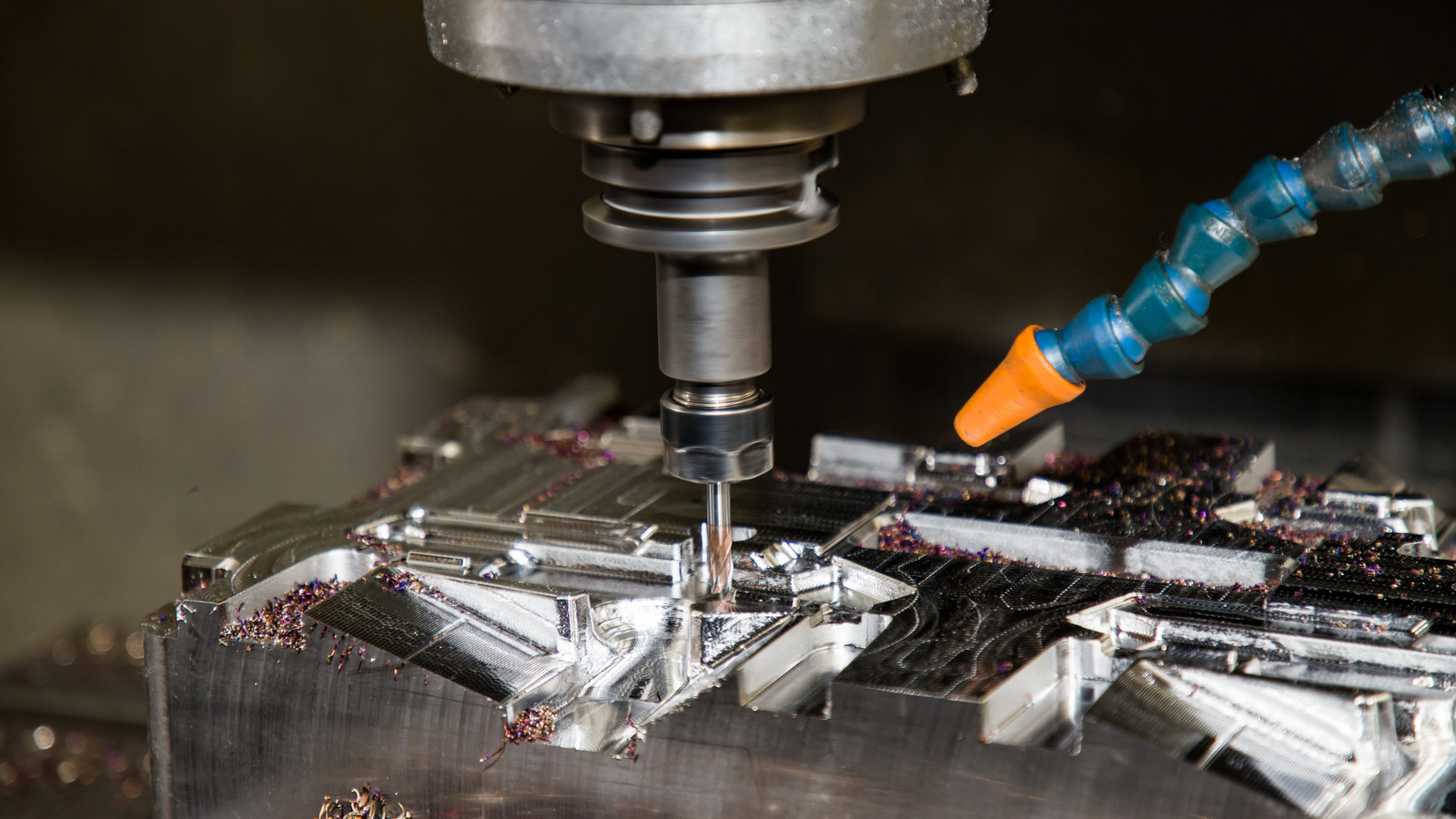Mastars is a professional company specializing in prototyping, rapid prototyping, CNC parts processing, 3D printing, laser molding, manufacturing, mass production and mold reproduction, etc., to provide customers with comprehensive and professional product manufacturing needs. The following is the introduction of ABS materials
ABS material (ABS is the acronym of acrylonitrile butadiene styrene, which refers to acrylonitrile butadiene styrene copolymer) is a thermoplastic polymer structural material with high strength, good toughness and easy processing and molding, also known as ABS resin. Because it has excellent impact resistance, heat resistance, low temperature resistance, chemical resistance and electrical properties, good fluidity, easy processing, stable product size, good surface gloss and other characteristics, it is easy to paint and color, and can also carry out secondary processing such as surface spraying, electroplating, welding, hot pressing and bonding. It is a thermoplastic engineering plastic with a wide range of uses. ABS material is also one of the most commonly used materials in plastic hand board processing. Let's take a look at the characteristics of ABS material used for hand board production.
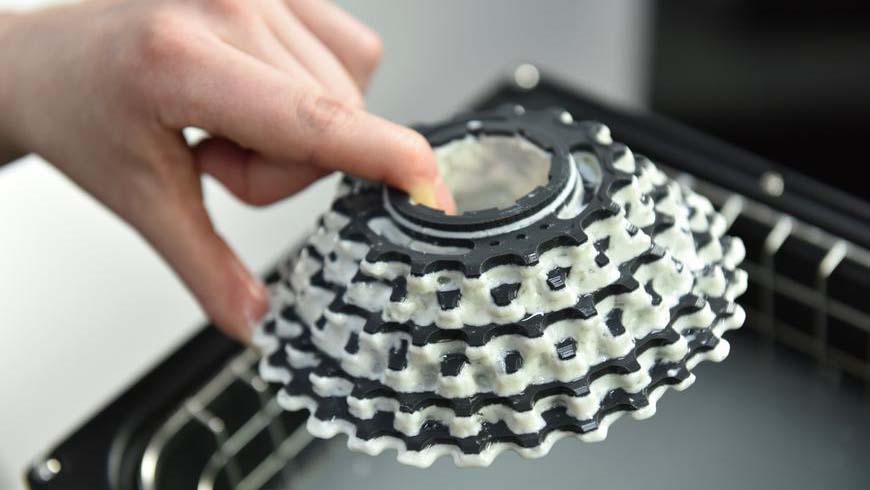
Five properties of ABS materials
1. General performance. The appearance of ABS engineering plastics is opaque and ivory granules. Its products can be painted in colorful colors and have high gloss. Low water absorption. ABS has good adhesion with other materials and is easy to be printed, coated and plated. ABS has an oxygen index of 18 ~ 20. It is a flammable polymer with yellow flame and black smoke
2. Mechanical properties. ABS has excellent mechanical properties and excellent impact strength, which can be used at very low temperature; ABS has excellent wear resistance, good dimensional stability and oil resistance. It can be used for bearings under medium load and speed. The creep resistance of ABS is larger than PSF and PC, but smaller than PA and POM.
3. Thermal properties. The thermal deformation temperature of ABS is 93 ~ 118 ℃, which can be increased by about 10 ℃ after annealing. ABS can still show a little toughness at - 40 ℃ and can be used in the temperature range of - 40 ~ 100 ℃.
4. Electrical performance. ABS has good electrical insulation and is hardly affected by temperature, humidity and frequency. It can be used in most environments.
5. Environmental performance. ABS is not affected by water, inorganic salts, alkalis and various acids, but soluble in ketones, aldehydes and chlorinated hydrocarbons. It will produce stress cracking due to the erosion of glacial acetic acid and vegetable oil.
Advantages of ABS materials
1. ABS material is very hard, with strong impact resistance, scratch resistance, dimensional stability and other characteristics. At the same time, it also has the characteristics of moisture-proof, corrosion resistance and easy processing. It is a very ideal material in the plate industry.
2. ABS material has good light transmittance. Compared with acrylic with the same transparency, although it has better toughness, the price is relatively high, and the color is not as much as that of acrylic. It is generally beige, black and transparent.
3. ABS material is very environmentally friendly. Because it uses environmentally friendly chemicals, it has no toxicity and smell. It can also be electrically insulated. It is a very safe material.
Disadvantages of ABS materials
1. ABS is prone to deformation in the environment with too high temperature. Its deformation temperature is 93-118 ℃, but it has good performance in the low temperature environment of - 40 ℃, so it is also a material afraid of high temperature.
2. ABS has low UV resistance (some models are afraid of exposure to benzene, acetone and ethyl chloride), which can lead to surface discoloration.
3. The bending strength and compressive strength of ABS are poor among plastics. The mechanical properties of ABS are greatly affected by temperature.
Mastars Industries CO., LTD
www.mastars.com
Email: marketing@mastars.com
Tel: +86 755-88210690
Mobile: +86 181 0029 4997
Add: Building 6,Blue Sky Industrial Park, Ditang Road, Shajing Town, Shenzhen City, Guangdong, China


